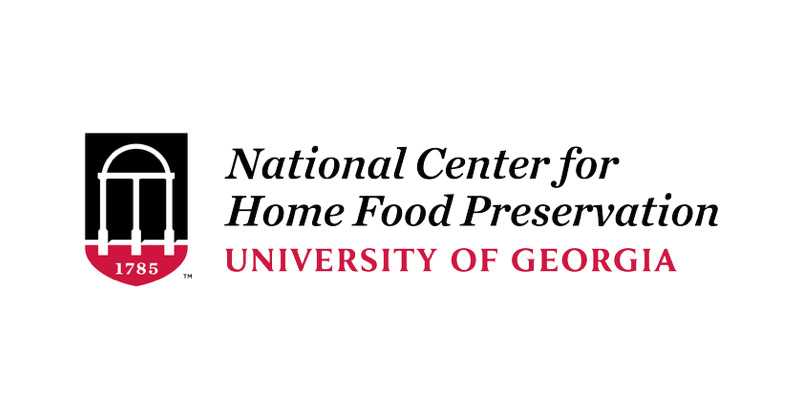BAPyessir6
Senior Cook
According to this article: https://extension.umn.edu/preserving-and-preparing/canning-quick-reference-chart
The chart shows that high acid, water canned foods (1 pint or 2 cup jars) need to be processed anywhere from 20-40 minutes. Isn't this very long for jammed goods? I've processed my jam this long before and had my peach jam boil out of the jar. What do the rest of you think?
Also another question, growing up, my mom always processed quart salsa jars in her canner, rhubarb jam half pints, etc. and had the water level One Inch From the top of the jars. Is submerging the jars instead really that much better? Her jars always sealed fine, so I always figured submerging the jars could make them waterlogged. What say ya'll?
The chart shows that high acid, water canned foods (1 pint or 2 cup jars) need to be processed anywhere from 20-40 minutes. Isn't this very long for jammed goods? I've processed my jam this long before and had my peach jam boil out of the jar. What do the rest of you think?
Also another question, growing up, my mom always processed quart salsa jars in her canner, rhubarb jam half pints, etc. and had the water level One Inch From the top of the jars. Is submerging the jars instead really that much better? Her jars always sealed fine, so I always figured submerging the jars could make them waterlogged. What say ya'll?

